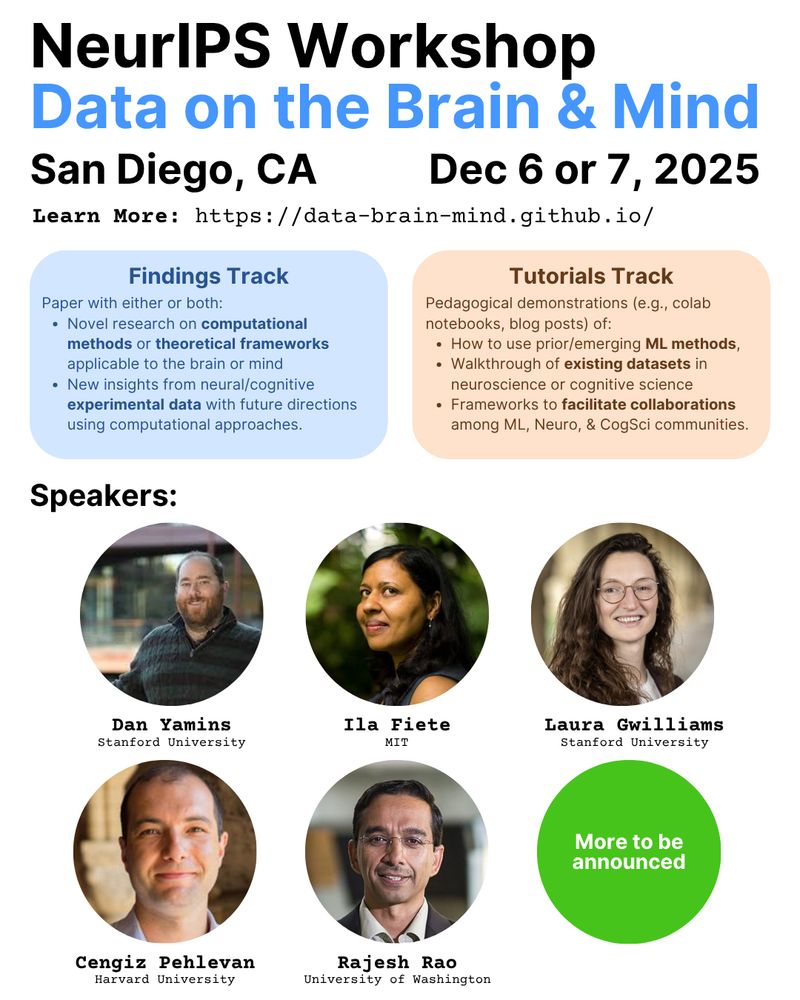Ben Eysenbach
@ben-eysenbach.bsky.social
210 followers
1 following
6 posts
Assistant professor at Princeton CS working on reinforcement learning and AI/ML.
Site: https://ben-eysenbach.github.io/
Lab: https://princeton-rl.github.io/
Posts
Media
Videos
Starter Packs

